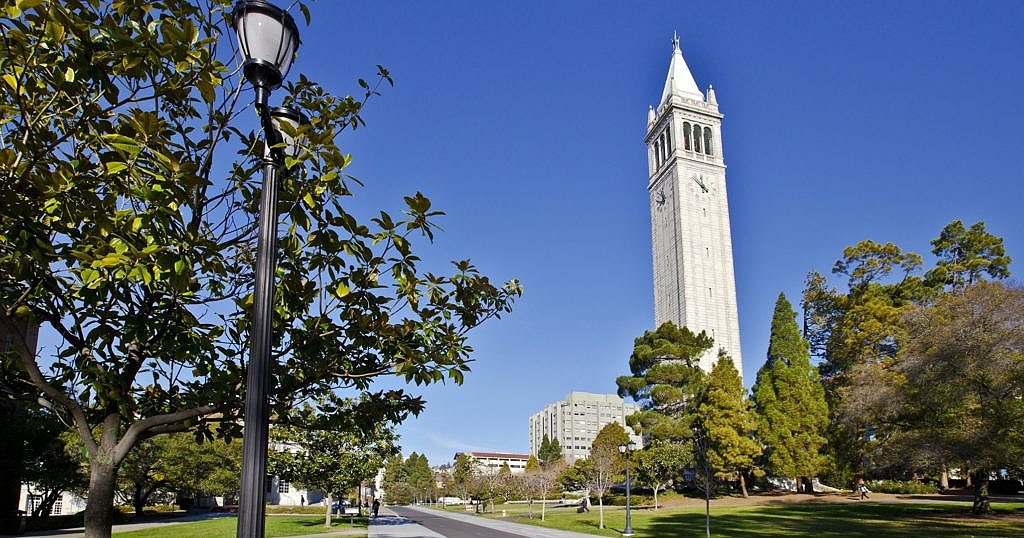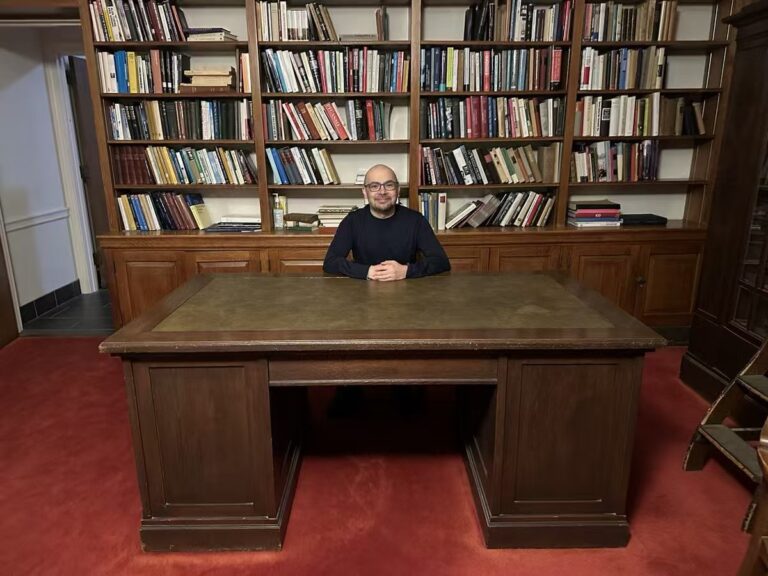Command Palette
Search for a command to run...
The President of Berkeley Sent an Email to All Employees: Use Zoom for Classes First, If That Doesn’t Work, Send a Telegram!

As of press time, there have been 1,004 confirmed cases of COVID-19 in the United States, with 31 deaths. In order to prevent the spread of the virus, colleges and universities in the United States have successively announced the suspension of classes and switched to online learning, including Stanford University, Harvard University, and the University of California, Berkeley. The epidemic has prevented 20% of students around the world from attending classes normally.
It is reported that the epidemic has spread to 36 states and Washington, D.C., with community transmission occurring in Washington State, California, New York and Florida.
Under such circumstances, more and more American colleges and universities are suspending classes or adopting remote teaching.
As of now, many universities including Harvard University, Columbia University, Massachusetts Institute of Technology, New York University, Indiana University, and Princeton University have suspended classes or switched to online teaching.
Berkeley: Seven ways to teach remotely
UC Berkeley joined the ranks of colleges and universities suspending classes on Monday, with school officials announcing on Monday that most in-person classes would be suspended over spring break.
Although there have been no confirmed cases in Berkeley so far, the school has decided to take measures to protect the community.The suspension will begin on Tuesday and last until the end of spring break on March 29.
In addition to suspending most in-person classes, the school is offering all lecture courses through remote programs such as ZOOM or Course Capture.
Interestingly, in order to avoid people’s concerns about the smooth progress of online courses, the president of UC BerkeleyMake clear arrangements for various alternative remote teaching methods.

Email translation:
First, we use Zoom by default;
If Zoom has problems and cannot be used, Google Meet will be used instead;
If Google Meet is not available, AWS online whiteboard will be used;
If that doesn't work, switch to pure audio chat;
If that doesn't work, switch to amateur radio. The principal uses 147.060 MHz, and his call sign is KN6CDY.
If that doesn't work, then the principal will hide in the wilderness and use shortwave radio and Morse code. So, everyone needs to practice Morse code.
I am really worried about everyone's learning not being interrupted.
The principal said she wanted to ensure that no matter what happened this semester, it would not stop students from learning.
Is it okay to take lessons on shortwave radio?

Nearly 363 million students worldwide have suspended classes, accounting for 20%
Since early March, American colleges and universities have successively announced their response policies during the epidemic.
The University of Washington became one of the first universities in the United States to close its doors.The school has announced that the school will tentatively start on March 20, and the specific date will be notified separately. After the school is closed, all offline courses will be stopped and all online courses will be carried out. 50,000 students need to study courses and complete tests remotely at home.
Then,Stanford University announced that a faculty member was diagnosed with the virus and two students were quarantined due to contact with the patient.Therefore, in order to prevent the further spread of the epidemic, Stanford University’s official website announced that face-to-face courses will be cancelled in the next two weeks (the last two weeks of the winter semester), and all offline courses will be cancelled and all will be changed to online teaching.

Final exams for this semester can be taken at home, and large events will be canceled or adjusted.
sameThe University of Southern California also announced that it would officially suspend classes from March 10 and temporarily convert all offline courses to online classes.
The school said this wasThis is the first time since the school was founded that classes have been suspended.Although there are currently no confirmed cases on campus, this move is to reduce the chance of public transmission of the novel coronavirus. The school will also test the carrying capacity of network technology from the 11th to the 13th to ensure the smooth conduct of online classes.
In late February, a recruiter at MIT was diagnosed with COVID-19.Therefore, the school has also made some changes to teaching and management:
•All classes will be cancelled during the week of March 16 to March 20;
•Online courses will be fully resumed on March 31 to continue the teaching tasks of this semester;
• Classes will continue this week, and we are also preparing for online classes

also,The school requires undergraduates to leave the campus before March 14, and students who are about to graduate need to pack their bags and prepare not to return to campus.It has not yet been decided whether the graduation ceremony will be held.
Columbia University canceled classes on Monday and Tuesday and said it would teach remotely for the rest of the week. Hofstra University on Long Island and Yeshiva University in Manhattan announced they were also canceling classes this week.
Currently, many universities around the world have suspended classes. According to a news release from UNESCO on the 10th, this crisis hasNearly 363 million students from pre-primary to higher education worldwide are affected.This includes 57.8 million students in higher education.

Ensuring learning continuity for students
Due to the COVID-19 crisis, 20% of pre-primary and primary and secondary school students around the world are unable to go to school, and 25% of higher education students have suspended classes.
In Asia, Europe, the Middle East and North America,Fifteen countries have implemented nationwide school closures, and 14 countries have implemented local school closures.
Sources:
https://news.berkeley.edu/coronavirus/
-- over--








